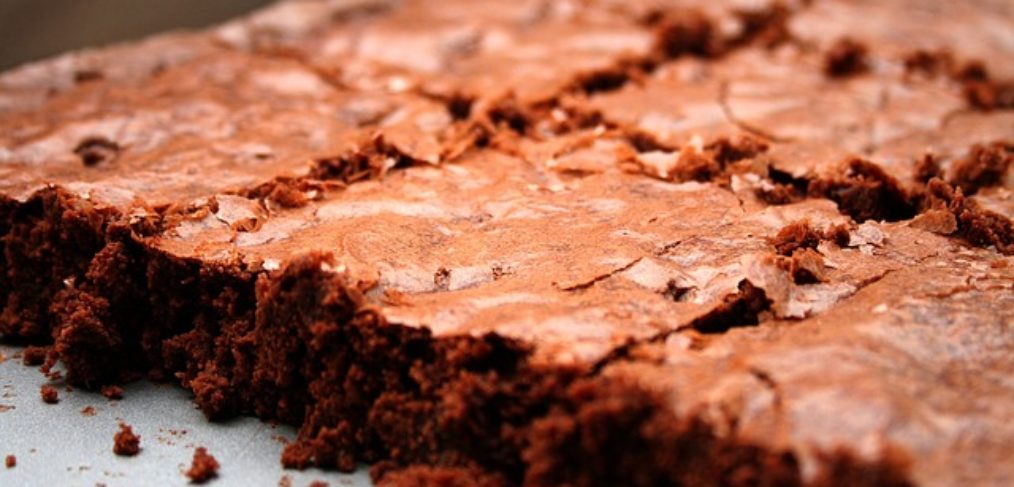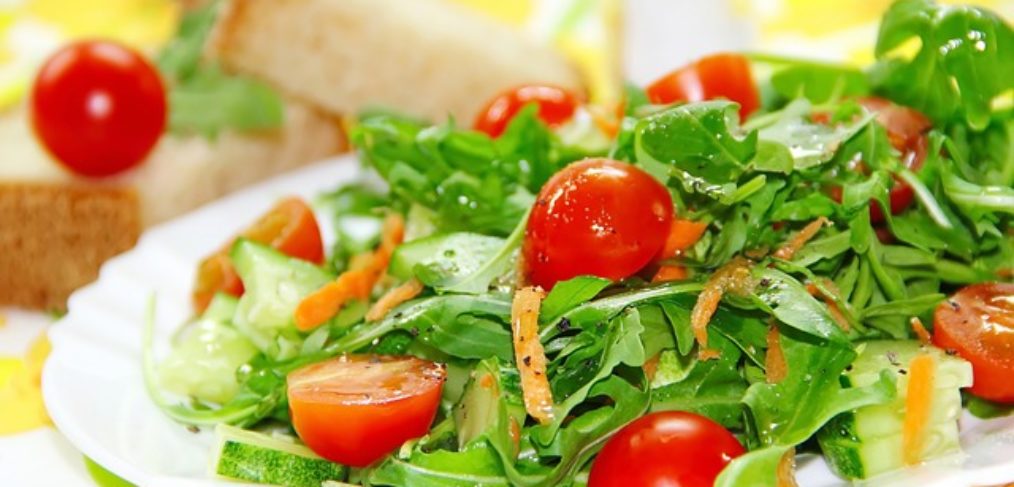Are you sinking under a sea of “overwhelm”? Did you know that you can physiologically change your state from “Fight, Flight, or Freeze” to “Rest and Digest” with an act as simple as pressing against your palm, or remembering a child’s face?
Stress produces measurable changes in your body, such as a faster pulse, dilated eyes, shallower breathing, and the need to urinate. But there are five simple ways to interrupt these changes and re-establish physical calmness.
Change Your Mind About Stress
You may not be able to change your circumstances, but you can change your mind about how you respond to circumstances. You can choose at this very moment to acknowledge your existence, your support network, and those amenities of life that you are grateful for, such as sight, or shelter, or safety. Deciding to focus on the present sweeps you away from regrets over the past and ruminations about the future. Stress is cerebral, because it’s what you think about your circumstances. It’s a choice! In my Instant Stress Hacks course, I show you 10 different ways to change your thought process.
Just Breathe!
Under stress, you take shallow, rapid breaths. By conscientiously and deliberately slowing and deepening your breathing, you can literally take yourself out of sympathetic state, popularly known as Fight or Flight.It’s easy to practice breathing exercises that train your body to inhale from the diaphragm, and to exhale for a longer time than you inhale. Most breathing exercises only take a moment or two. In my new course, I give you 10 different exercises, so you can find the one most suited to you, individually.
Take Some Pressure Off
The ancient art of acupuncture purports to relieve stress by unblocking the flow of energy along certain pathways in the body called energy meridians. Whether or not that is true, simply putting pressure along those points can certainly stimulate circulation and lymph flow, relieve muscle tension, release endorphins, and improve cell-to-cell communication. I can show you where to press to get the most relief.
Come to Your Senses
As mentioned, stress is cerebral. It’s hyper-focused and tunnel-visioned. If you can bridge between your thoughts and your senses, you re-connect to the moment. You become aware of what you are smelling, tasting, hearing, seeing, and feeling this minute, and you pulled away from whatever is worrying you. It’s as if you exit the future or the past and re-enter your body. Can you think of 10 ways to sense your surroundings better? I’m happy to share my hacks with you!
Get Some Nerve
The vagus nerve is the instrument by which the thoughts in the mind are converted to physical changes in the body. It is this nerve that signals the heart to beat faster so that muscles can be fueled for a fight. It is this nerve that diverts blood from digestion to the extremities for that escape. It can lose its tone, especially if you stay in sympathetic mode too much But it can be exercised! You can practice techniques to restore vagal tone. For you, I have compiled my favorite ways to strengthen the vagus nerve.
Stress can kill! It is linked to the six leading causes of death. Take yours under control now!










